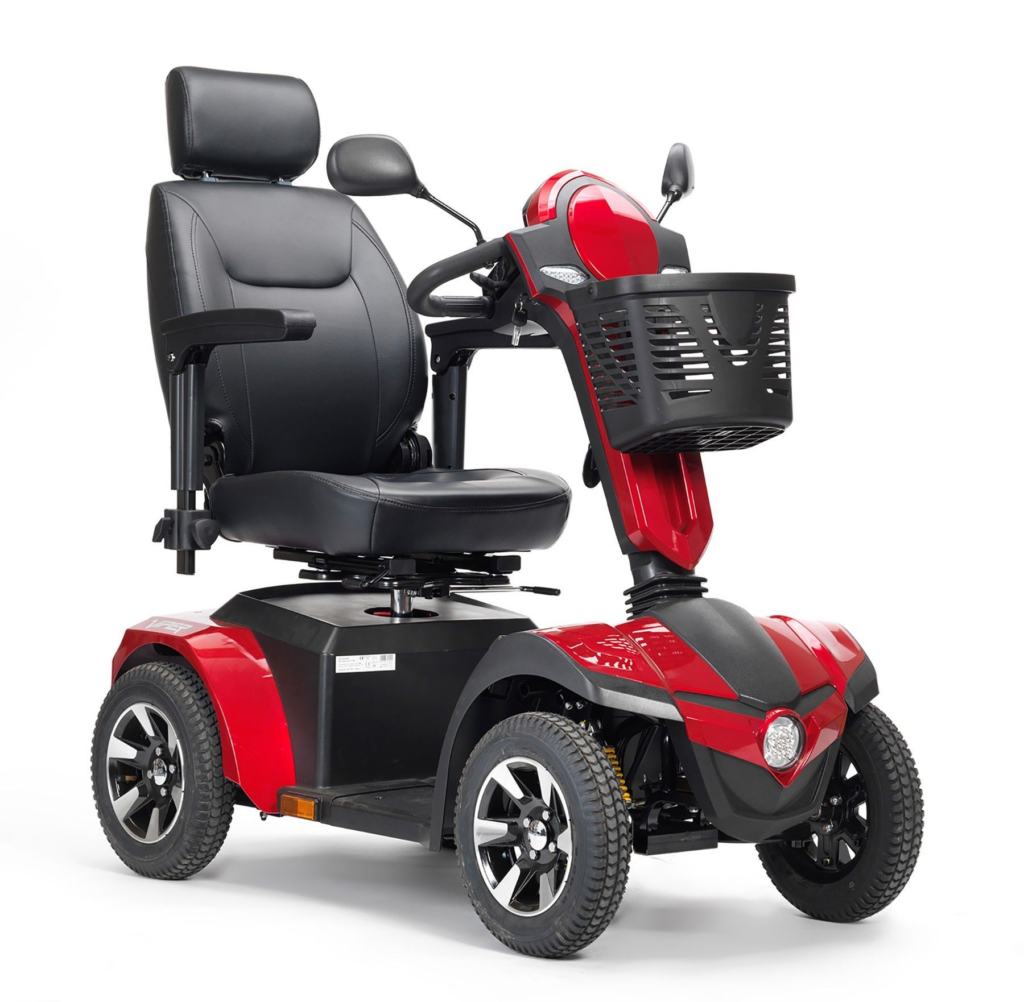
If you find yourself in need of a power wheelchair or scooter, the first step is to consult your doctor or primary care provider (PCP). Your PCP will assess your medical condition and, if deemed necessary, issue an order, prescription, or certificate following a face-to-face office visit.
It’s important to note that for certain power wheelchairs and scooters, your provider must request prior authorization from Original Medicare to secure coverage.
The order from your PCP should include the following details:
- Mobility Challenges: Your health condition significantly impairs your ability to move around your home, even with the assistance of a walker or cane.
- Activities of Daily Living (ADLs): You face difficulties performing daily activities like bathing and dressing within your home.
- Inability to Use Manual Mobility Aids: You are unable to operate a manual wheelchair or scooter but can safely use a power wheelchair or scooter.
- Medical Necessity: The power wheelchair or scooter is medically necessary to address a specific medical condition or injury and will primarily be used within your home.
- Face-to-Face Meeting: You had a face-to-face consultation with your doctor. This meeting should occur no more than 45 days before the prescription is issued.
It’s important to keep in mind that Medicare only covers one piece of equipment designed to address at-home mobility issues. Based on your condition, your PCP will determine whether a power wheelchair or scooter, or a different mobility device, is appropriate for you.
Once you have the order or prescription from your PCP, you must select an approved supplier to ensure coverage. It’s essential to choose a supplier that has received approval from Original Medicare or your Medicare Advantage Plan to avoid any coverage issues.